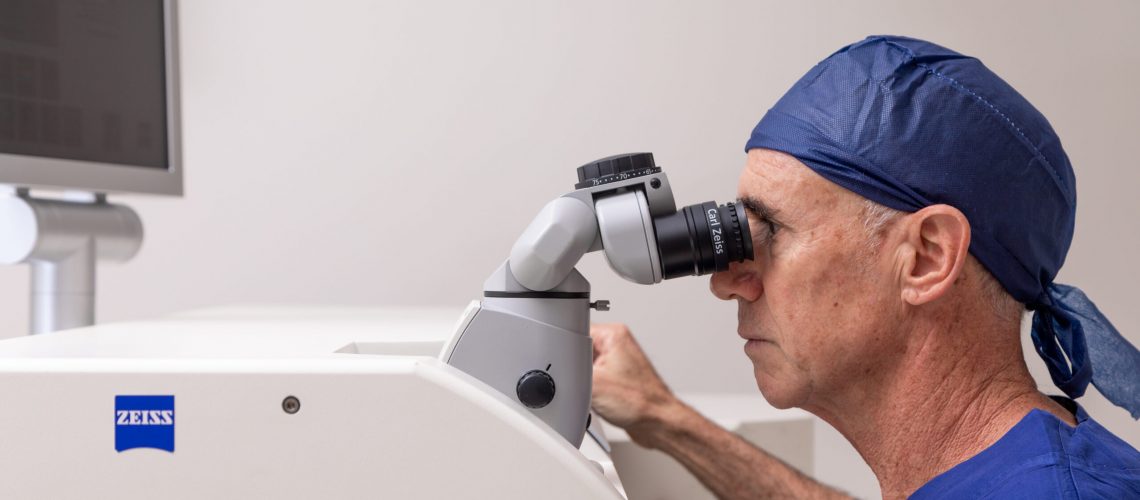Patient benefit, safety and efficacy must be foremost when considering new technologies.
Eye surgery is an area of medicine that incorporates complex and advanced technology. These technologies deliver safe and effective patient outcomes. Modern laser surgery is able to accurately reshape the cornea to correct for focusing abnormalities of the eye in a procedure that takes minutes and effectively heals overnight. Every time we fire a laser, we utilise advanced science and an application of quantum physics, all carefully packaged in a user-friendly device behind a familiar interface.
As clinicians, we have an obvious technical and scientific role in treating patients, curing disease and restoring function through appropriate surgery. We have an equally important and less well-defined role as patient advocates. Both these roles require us to appropriately select and adopt technologies that will benefit our patients. Ophthalmologists have differing appetites for adopting new ideas. There is certainly an appropriate balance to find between jumping onto every new technique and device that comes along for the sake of ‘shiny and new’ and failing to offer patients what may be a better way to treat.
Lasers are large expenditure items in ophthalmology, and femtosecond lasers for refractive surgery will cost well over half a million dollars. Therefore, the decision to move to a newer laser system has many considerations.
Patient directed
- Will the new laser give patients better outcomes
- Are a wider range of treatments possible
- Is the new platform safer
- Is it easier to use with less risk of unintended outcomes
- Will treatments cost patients less
- Will treatment be more comfortable for patients
Surgeon directed
- Is it faster
- Is it easier to use
- Is it less user dependant (things like individual nomograms)
Business and marketing
- Cost less per procedure
- First adopter in a location
- Marketable claims of superior technology
- Attract patients with the ‘latest and greatest’
Industry has a large role in introducing new technology, with patients benefiting from the investment in research and development. Advances and new models of existing lasers often bring extra features that benefit patients. As surgeons, we need to carefully consider what a newer version of an existing technology offers. There is a business imperative for industry to have a turnover of capital sales. A new laser-based on a known treatment may not bring benefits to patients and may actually see the removal of some features to save costs. The need to get a product to market will often result in it being introduced before all the newer features are available or fully developed. It is good to step back and let a newer technology mature and prove its safety and benefit before rushing to have the newest and latest offering.
Laser-Assisted Cataract Surgery is an example of a wonderful technology that completely changed how we did a common operation (cataract surgery). The femtosecond laser could create a perfect capsulorhexis and automate the process of cataract fragmentation, BUT…it is now well documented that in most cases, there is no specific benefit to the patient. Does this make it a bad technology that surgeons should have rejected ? – it was expensive and did not offer any specific patient benefit…No – This is an example of a technology/ technique that was ahead of its time and we needed to catch up and use it to offer patients an advanced lens design (Femtis) that could only be used with a laser created perfect capsulorhexis.
So, we like technology and it is a pleasing part of our role as ophthalmic surgeons but we need to take a breath and pause before rushing to upgrade to the latest version. If what we are doing works and is well understood I will wait and watch until the bugs are ironed out.


